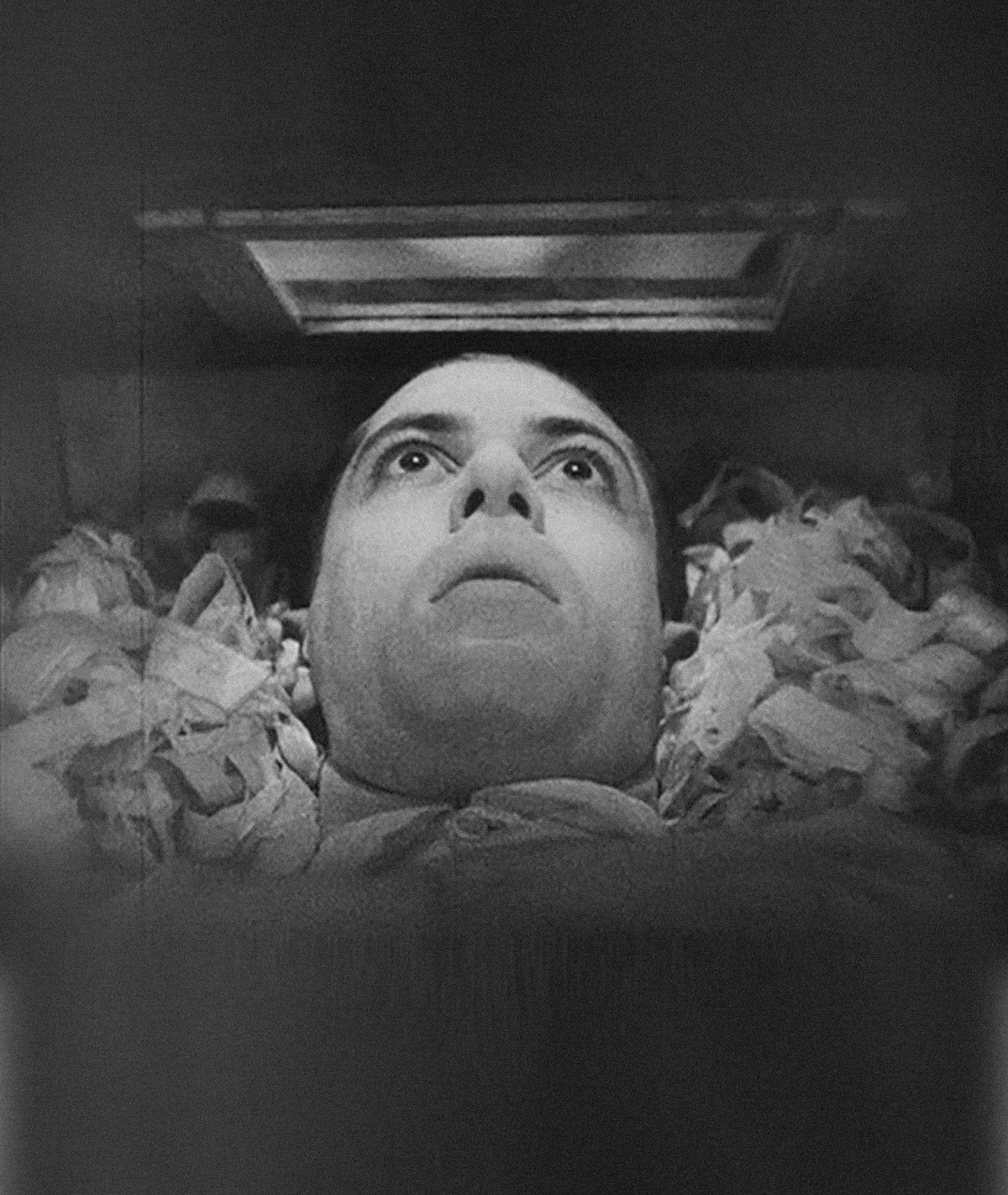
LEGENDARY SILENT FILMS WITH ORCHESTRAL SCORES
C. Th. Dreyer and Fr. W. Murnau are two great names without whom it is impossible to imagine the history of cinema. Both were pioneers in the early days of film, laying the foundations for many principles and becoming masters of psychological intensity. Silent films have always been shown with live music—originally accompanied by improvisations from a cinema pianist or organist, and in larger cities also by orchestras, which might perform anything from Vivaldi and Mozart to popular hit songs. In extreme cases, the music didn't necessarily match what was being shown on screen.
Tõnu Kõrvits (born 1969) composed original film music in 2009 for C. Th. Dreyer’s La Passion de Jeanne d’Arc (1928) and in 2015 for another Dreyer film, Vampyr (1932). Both scores were commissioned by the Orchestre régional de Normandie, and they have since been performed with great success in other countries, including multiple times in Estonia (by the Tallinn Chamber Orchestra, Pärnu City Orchestra).
In 2022, the legendary horror film Nosferatu by Fr. W. Murnau celebrated its 100th anniversary. In honor of this occasion, composer Tõnis Kaumann (born 1971), at the suggestion of conductor Kaspar Mänd and commissioned by the Pärnu City Orchestra, wrote an entirely new score for the film.
La Passion de Jeanne d’Arc (1928)
Carl Theodor Dreyer's legendary silent film recounts the trial and final days of Jeanne d’Arc. Frequently cited among the greatest films of all time, it holds a symbolic place in the history of silent cinema. Dreyer’s unique approach through close-ups and nuanced shading portrays the great heroine and saint Jeanne d’Arc in a human and sincere manner, elevating her and her suffering to an even greater significance.
Tõnu Kõrvits is one of the most popular composers in the Nordic region, with his music performed by both professional orchestras and choirs as well as amateur ensembles. His music is characterised by poetic expression and journeys through landscapes of nature, the human soul, and the subconscious. His musical language includes enchanting melodies and richly shaded orchestral colors.
He wrote the music for La Passion de Jeanne d’Arc in 2009, commissioned by the Orchestre régional de Normandie. Since then it has been performed for numerous times in other countries.
Instrumentation: flute, oboe, clarinet, bassoon, French horn, piano, percussion, strings (I violin, II violin, viola, cello, double bass)
Duration: 1h 30min
Vampyr: The Dream of Allan Gray is an unusual film in Dreyer’s oeuvre. It is actually his first sound film—featuring a few shouts and short dialogues. However, Dreyer was skeptical about spoken dialogue, so most of the narrative was conveyed through title cards. He also used amateur actors, valuing their distinctive appearances to enhance the film's dreamlike and slightly awkward movements and behaviours.
Tõnu Kõrvits composed the music for Vampyr in 2015. Compared to The Passion of Joan of Arc, the Vampyr score is even more dreamlike, a kind of flowing musical river that intertwines with the action and subtly yet steadily guides the listener toward the conclusion.
Instrumentation: flute, oboe, bass clarinet, bassoon, French horn, percussion, strings (I violin, II violin, viola, cello, double bass)
Duration: 1h 15min
Vampyr (1932)
Nosferatu: A Symphony of Horror (1922)
Friedrich Wilhelm Murnau's legendary horror film Nosferatu is a landmark in film history, with images that have haunted generations of viewers. A fast-paced adventure quickly transforms into a chilling horror experience.
Tõnis Kaumann's wrote the score in 2022 to celebrate the 100th anniversary of the film. It is an excellent example of effective film music, containing drama and sharp imagery, but also comedy, joy, lyricism, and hope.
Instrumentation: flute, oboe, clarinet, bassoon, French horn, 2 percussionists, strings (I violin, II violin, viola, cello, double bass)
Duration: 1h 20min


